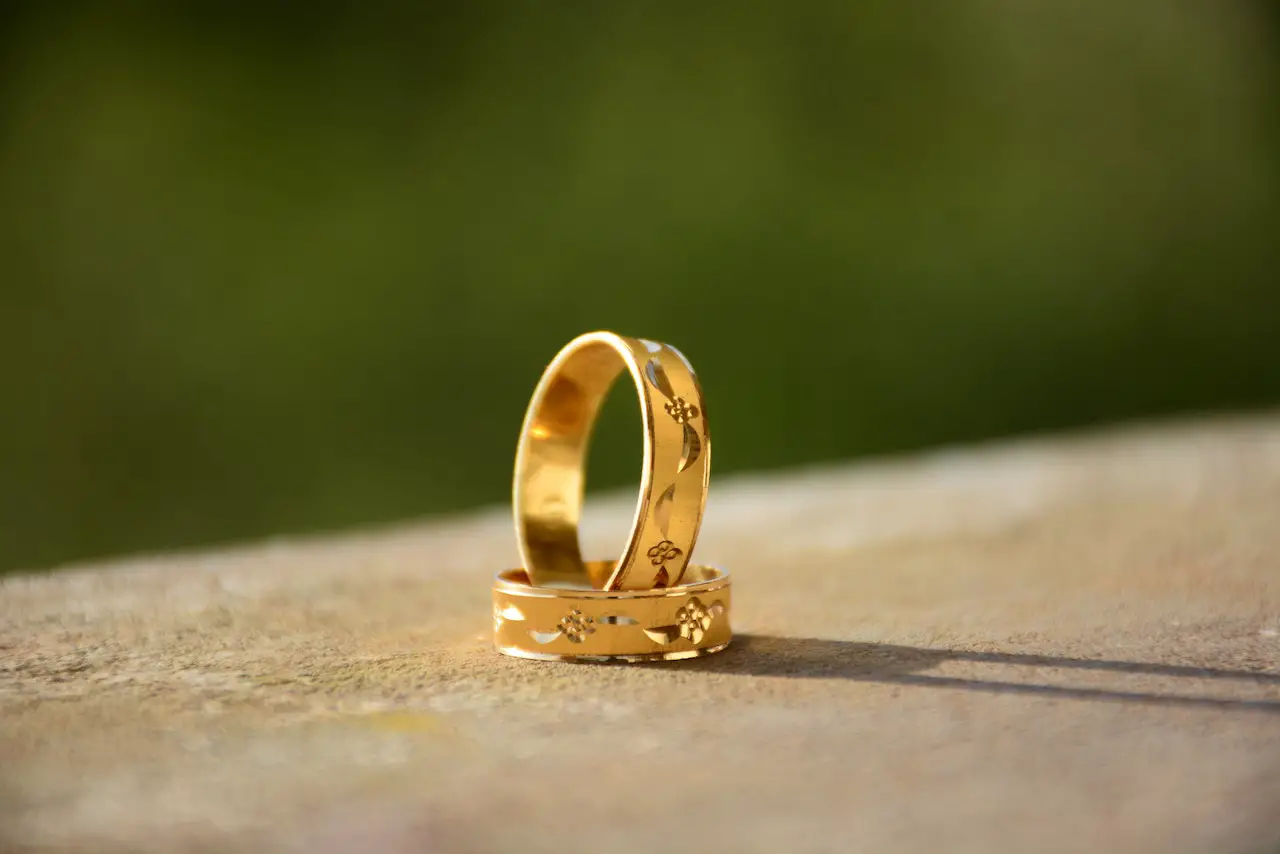Traditionally, the vena amoris is thought to run from the fourth finger of the left hand to the heart. It is the name of the vein that is said to be the vein of love. It is also the name of the vein that is used to make blood.
Vena Amoris Historical Perspective
Ancient Egyptian
Among the first known cultures to exchange rings of love was the Ancient Egyptians. Rings for love were usually made of braided reeds, leather, or bone.
They believed that the ring was connected to the heart through a vein, the Vena Amoris. According to ancient Egyptian beliefs, the vein ran from the fourth finger of the left hand to the heart. They also believed that the vein was a symbol of eternal love. The circle was also thought to represent eternal life.
Also read: “The Wedding Ring Finger For Males.”
They also believed that the heart held intelligence and personality. They believed that the heart was kept in the body when a person died, to go with them to the afterlife. The heart was also believed to contain air, which was believed to be essential in life. This air was believed to be pushed through the veins in the body. This could be a dangerous issue, as blood tends to pool in the veins after death.
Ancient Roman
During the time of Ancient Rome, the Vena Amoris was known as the vein of love. It was thought to have a direct connection to the heart. Traditionally, it was thought to run from the fourth finger of the left hand to the heart. However, this vein was also thought to be connected to the coronary sinus.
In the early days of Roman history, more than one ring was worn on each hand. The Romans believed that this was an indication of romance between lovers. Depending on the season, more than one ring would be worn. The idea of love and romance also led to the tradition of wearing a wedding ring. A wedding ring would be worn by the bride on her fourth finger of the left hand.
This tradition, which started in Ancient Egypt, also spread to Ancient Rome. Roman brides would be given two rings during their wedding. They believed that this meant that their love would last forever. They also believed that wearing a ring on their third finger was good luck.
Ancient Greek
During ancient times, ancient Greeks tied hemp to their lovers’ fingers to symbolize love. They also believed that the fourth finger on the left hand held a special vein that connected directly to the heart. This vein was believed to be the vena amoris, or the “vein of love”.
The same vein was also believed to be a magical connection between the ring finger and the heart. In modern times, modern science has debunked this theory. However, the history of rings is as old as time itself.
The name vena amoris is actually a Latin term meaning “vein of love”. It is believed to run from the heart to the fourth finger on the left hand. Ancient Greeks and Romans believed that the vein was magical. In fact, the ancient Romans named the vein the “Vena Amoris”.
This vein has been studied since ancient times. Ancient Greeks and Romans believed that it was the vein of love, or the vena amoris.
Traditions of the Vena Amoris
Throughout history, wedding rings have been worn as a symbol of a binding vow between a couple. In some cultures, rings are worn on the ring finger, while others wear them on the middle or third finger.
The vena amoris is a Latin term for a vein that is said to connect to the heart. The vein has been associated with the ancient Egyptians, who believed that it ran from the heart to the ring finger. The vein also served as a symbol for love, and is said to run from the fourth finger of the left hand to the heart.
Ancient Romans and Greeks also believed in the vena amoris. During the 1500s, the Vena Amoris was popular in Europe. However, modern biology has disproved the connection. Instead of believing that the vein connects to the heart, many anatomists believe that it is filled with air. This can be a serious issue, and could lead to a potentially deadly condition.

